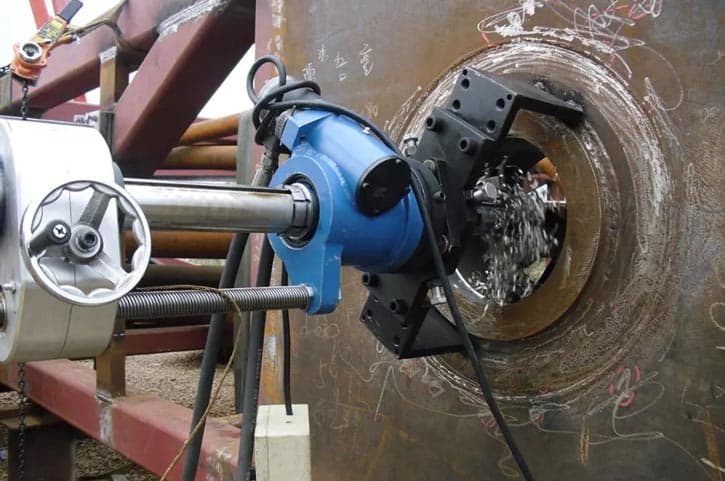For those of you who may not know, a line borer is a machine used to drill precise holes in metal or wood. It’s a powerful tool that requires skill and experience to operate safely. However, if used improperly, a line borer can cause serious injury or even death.
So, if you’re planning on using a line borer in your work, here are a few safety recommendations that I strongly suggest you follow.
First and foremost, always wear the appropriate personal protective equipment (PPE). This includes safety glasses, gloves, hearing protection, and a respirator if necessary. Never take shortcuts when it comes to your safety. You only have one life, so protect it with everything you’ve got.
Secondly, make sure that the area where you’ll be operating the line borer is clear of any obstacles. You don’t want anything to get in the way of the machine or to trip over something while you’re operating it. Clear the area of any debris, and make sure there’s enough space to move around freely.
Thirdly, it’s essential to have a good understanding of the machine’s controls and how it operates. Before using a line borer, read the operator’s manual carefully, and if possible, take a training course. Make sure you know how to start and stop the machine safely and how to make adjustments to the drilling speed and depth.
Fourthly, keep your work area well-lit, and never operate a line borer in low light conditions. This will help you see what you’re doing and avoid making mistakes that could lead to injury.
Fifthly, always check the machine before use. Make sure it’s in good working order, and all the safety guards are in place. If you notice any damage or issues, do not use the line borer until it has been inspected and repaired by a qualified technician.
Lastly, never work alone when using a line borer. Always have someone nearby who can assist you in case of an emergency. This could be a coworker, a supervisor, or a designated safety officer. Make sure they know how to shut off the machine if necessary and have a clear understanding of what to do in case of an accident.
In conclusion, working with a line borer can be dangerous, but by following these safety recommendations, you can minimise the risk of injury and keep yourself and your coworkers safe. Remember, safety should always be your top priority, and never take shortcuts when it comes to your well-being. Keep on hustling, but do it safely. Thanks for tuning in, my friends!
Cheers,

![]()






